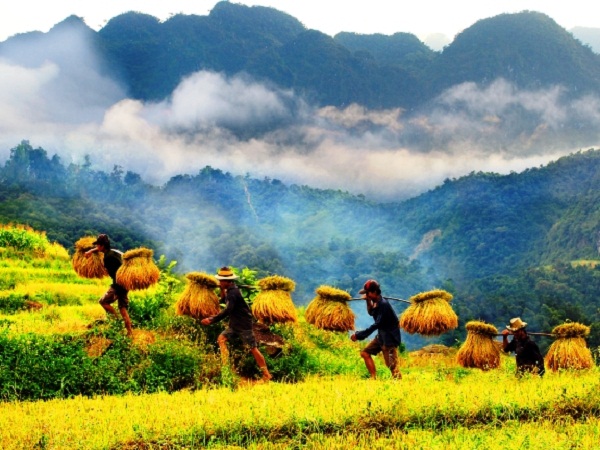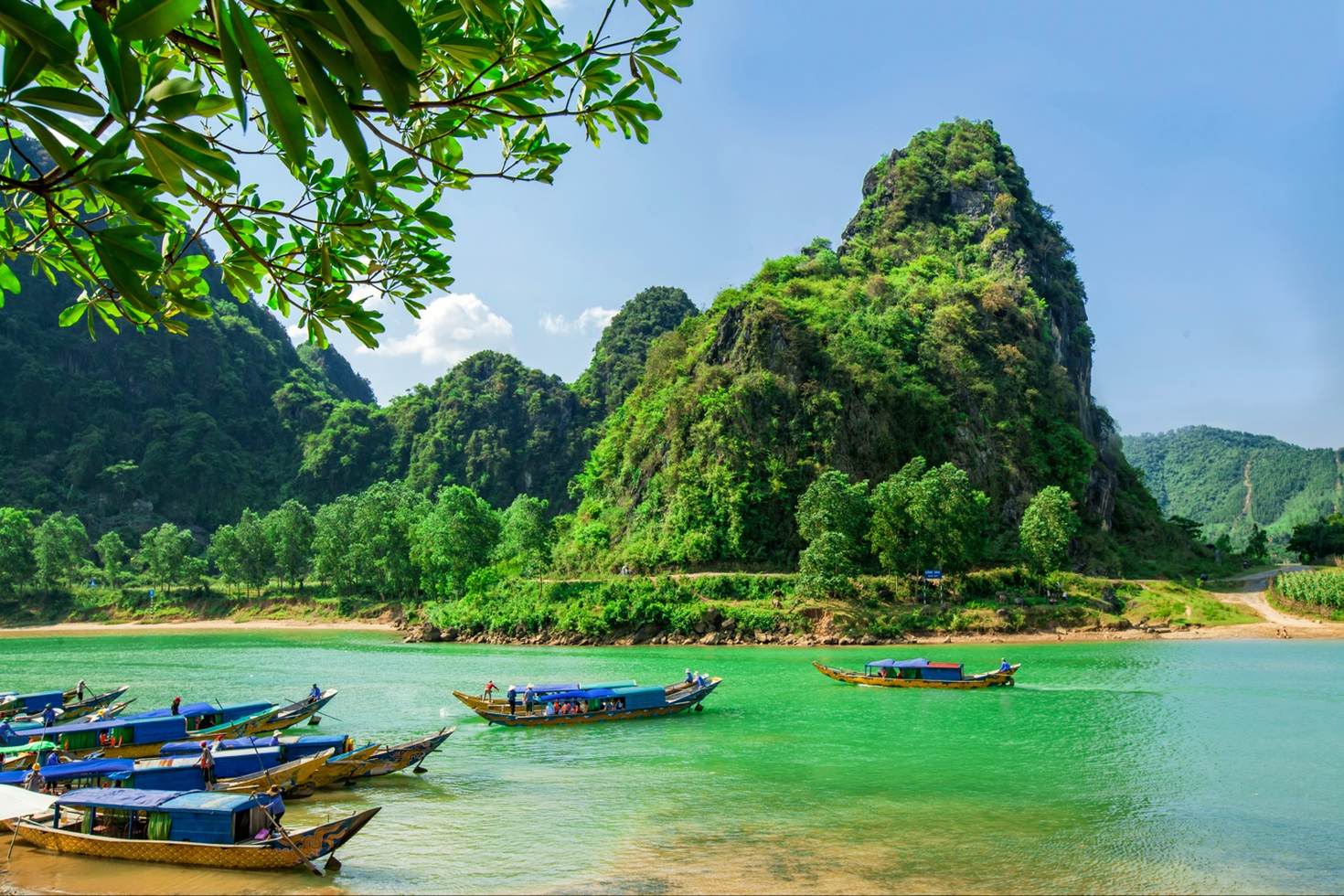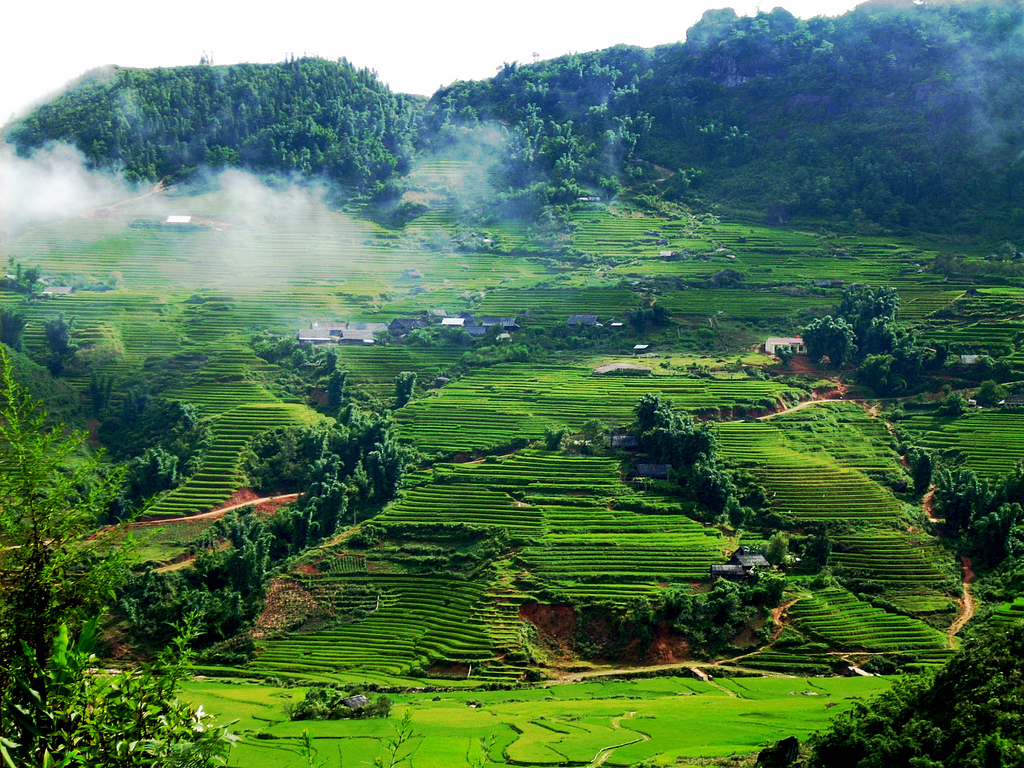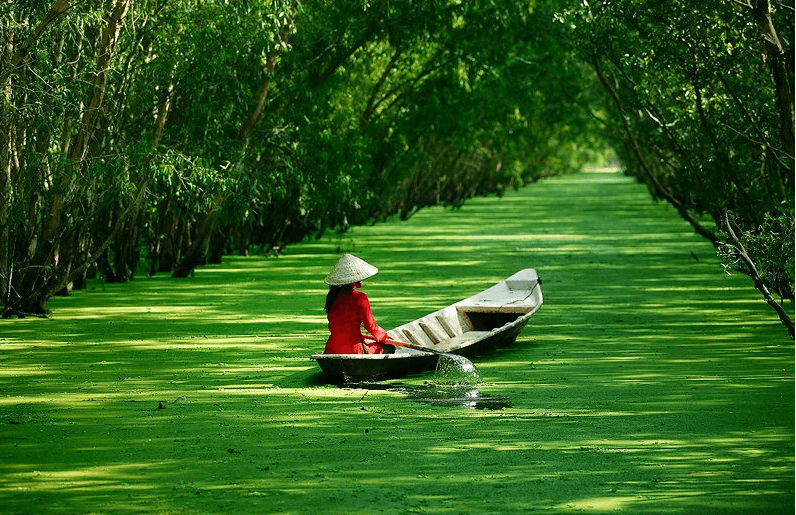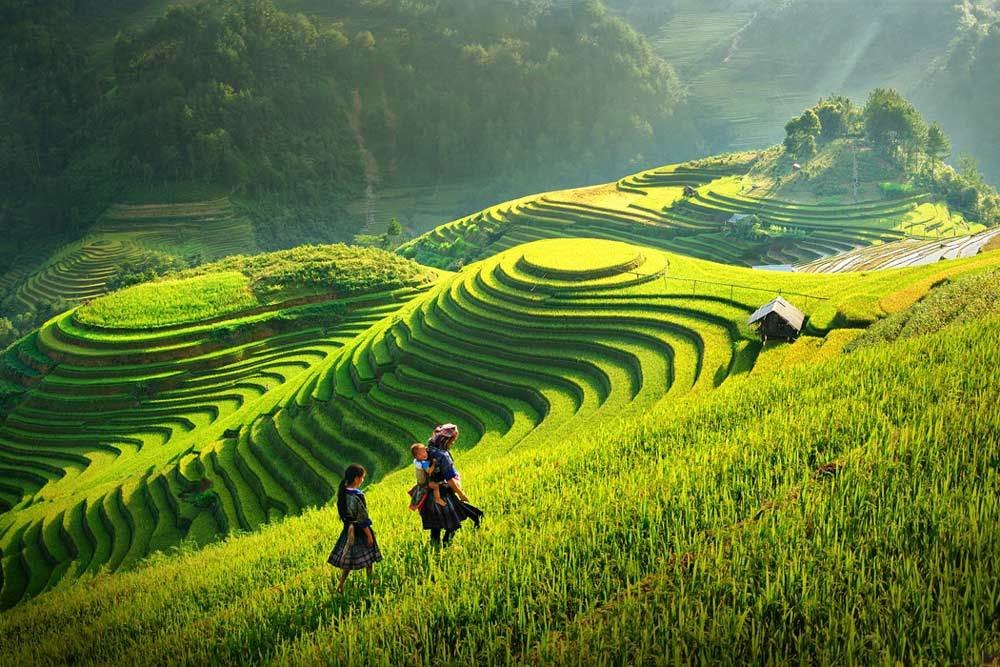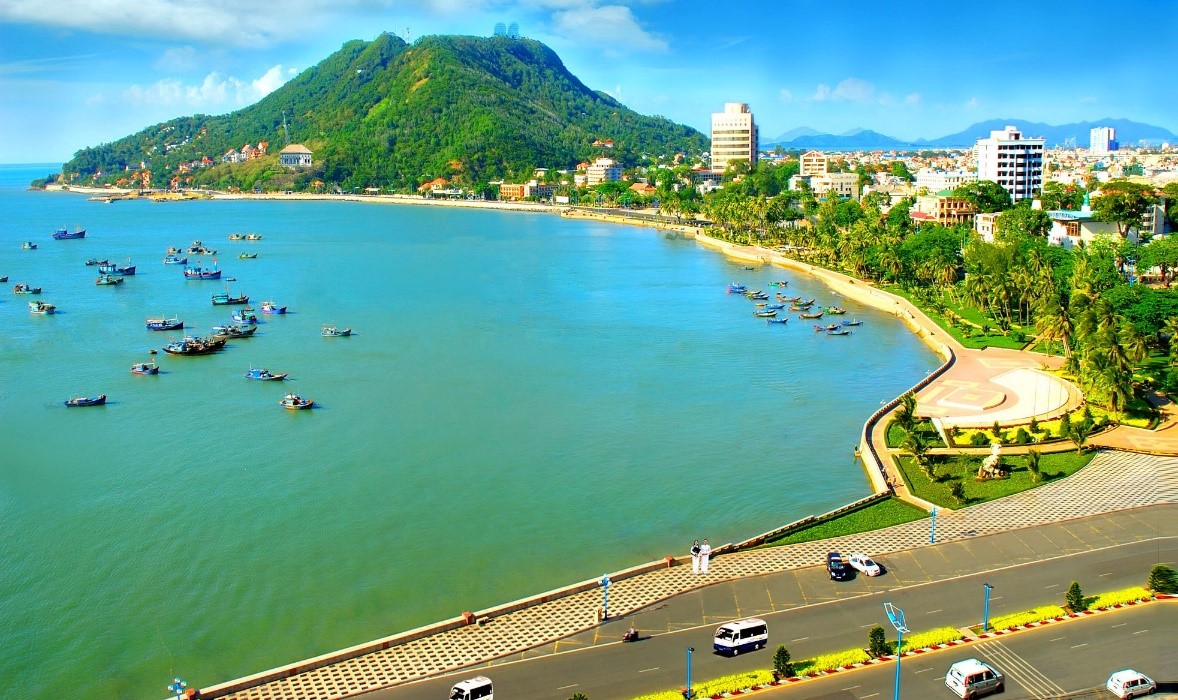HANOI - HISTORICAL AND BEAUTIFUL CAPITAL OF VIETNAM
Throughout the thousand years of its eventful history, Hanoi together with its vicinity seems to be like a complicated area torn between old and new, and an inimitable mix of ancient culture, colonial charm and modern-day luxury. As such, Hanoi and its vicinity have become extremely attractive to tourists, especially who are in deep love with Vietnam culture and history.
.jpg)
Location and geography
Hanoi is located in Red River Delta, adjacent: Thai Nguyen, Vinh Phuc to the north, Ha Nam, Hoa Binh to the south, Bac Giang, Bac Ninh, Hung Yen to the east and Hoa Binh, Phu Tho to the west. Situated in the right of Da River's riverbank and two sides of Red River, Hanoi retains a convenient location of an important economic, political, cultural, social, and scientific center and strategic traffic hub in Vietnam.
There exist 2 main types of terrain in Hanoi, namely plain and hill, of which the plain accounts for 3/4 of the natural area.
Being known as the capital of Vietnam, Hanoi plays a strategic role in the development of the whole country. The diversity of Hanoi geography has greatly helped the city to fulfill its mission.
Best time to visit
The best time to come to Hanoi is from September to November or from March to April, when the weather is mild. Temperatures during these months range from 18°C to 30°C and the days stay relatively dry. From November to March, there is less rain but it can get quite cold in the evening so bring a warm jacket if visiting during this time. Most homes in Hanoi do not have heating so be sure that there are extra blankets on hand for a comfortable sleep.
To book the best Hanoi tour packages, please contact Govietnamtourist at govietnamtourist.com to be consulted by local and knowledgeable experts.
How to get there
By air: Noi Bai International Airport is around 35 kilometres north of Hanoi. The airport has grown enormously in recent years and there are direct flights from all over the world as well as domestic connections with Ho Chi Minh City which may be the point of entry for other overseas tourists. Transfers to the city will be arranged by your Vietnam travel company if you wish.
By train and by bus: There is a fairly good train and road infrastructure in Vietnam for travelers who are getting to Hanoi from from other parts of the country.
Things to see and do
Hanoi is actually over 1000 years old so the wealth of history here is mind boggling: temples, ancient citadels, unique theatre and stunning wilderness just outside the city all offer fun-filled days in Vietnam’s capital. Make sure to visit as many of these attractions in Hanoi as possible because they all offer entertainment, beauty and education at different turns. Enjoy our list of top hot destinations in Hanoi as below.
1. Imperial Citadel of Thang Long
The Imperial Citadel of Thang Long is an intriguing relic of Vietnam’s history and, signifying its historical and cultural importance, is now a UNESCO World Heritage Site. Standing 40 metres high, the central flag tower is the most recognizable feature of the Imperial Citadel and is often used as a symbol of Hanoi. This was the centre of ancient Hanoi and served as the political centre for eight centuries.
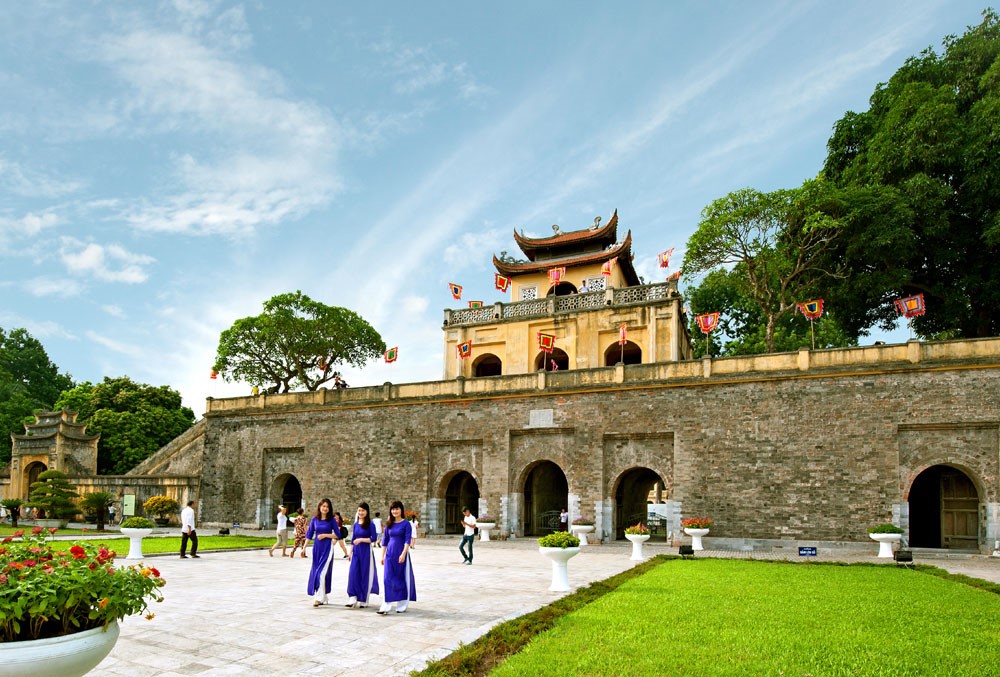
2. Water Puppet Theatre
The ancient art form of water puppetry has a long association with Hanoi and there are several theatres where guests can enjoy this uniquely Vietnamese take on Asia’s puppet tradition. The original – and widely regarded as the best – theatre in town is the Thang Long Puppet Theatre. Puppets dance and slide elegantly over the liquid stage, controlled by a whole troupe of puppet masters hiding behind a screen. Most shows also feature the famous Legend of the Restored Sword of King Le which tells the tale of Hoan Kiem Lake and the giant tortoise.
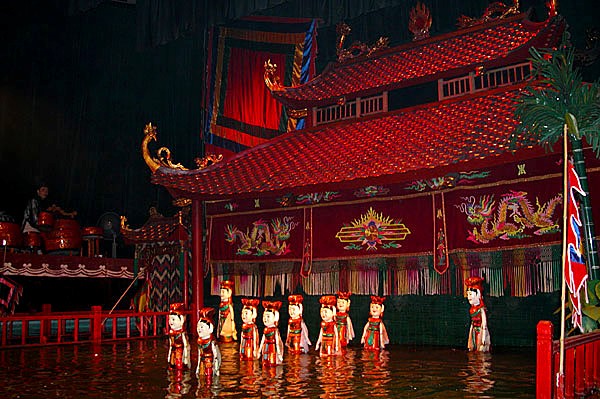
3. Ho Chi Minh Mausoleum
Ho Chi Minh has left an indelible mark on Vietnamese history and he is revered in Hanoi as the country’s greatest leader. Nicknamed ‘Uncle Ho’ by locals, his preserved body is now laid to rest in a glass case in the Ba Dinh area of Hanoi. This is more than a tourist attraction, it is a part of living history and a visit here stays long in the memory. The sombre building was modeled after Lenin’s mausoleum in Moscow.
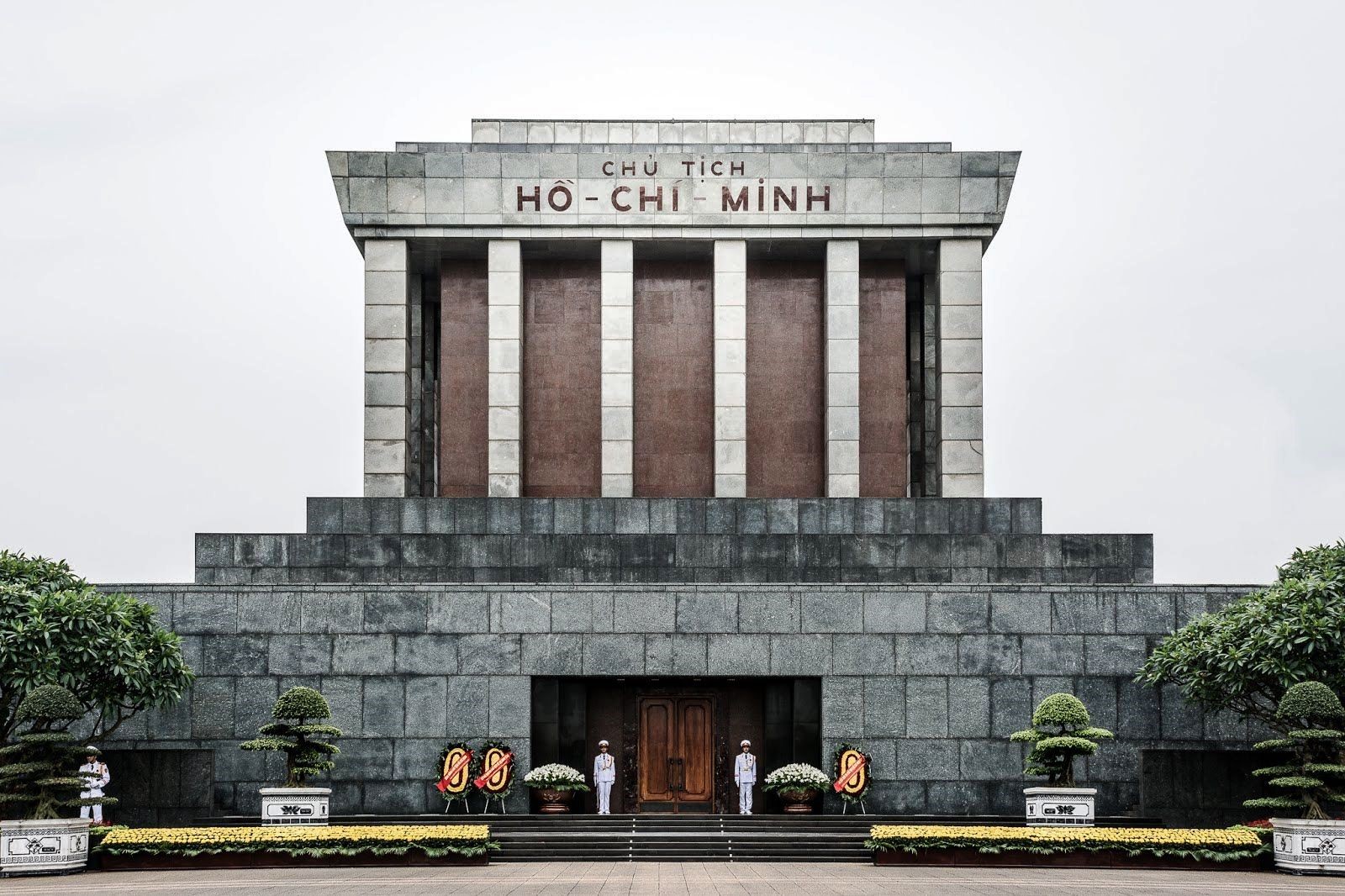
4. Hoan Kiem Lake
Hoan Kiem Lake (Turtle Lake) is a central feature of Hanoi and is a popular hangout spot throughout the day with locals and tourists. Ngoc Son Temple sits on a small island in the centre of the lake and linked by a bridge, makes a beautiful background for a few photos. Around sunrise and sunset, this area becomes especially busy with joggers, couples enjoying the relaxing views across the lake, and the elderly practising Tai Chi and line dancing.
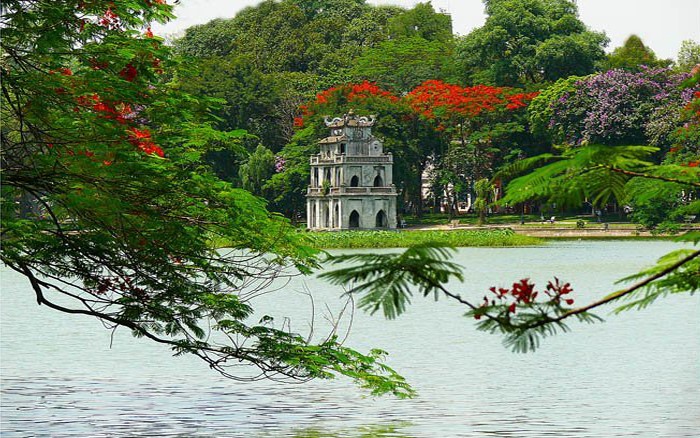
5. Dong Xuan Market
Dong Xuan Market is the largest of its kind in Hanoi. Housed within a four-storey Soviet-style building, this sprawling complex offers an extensive collection of fashion, apparel and souvenirs at some of the best prices in the city.
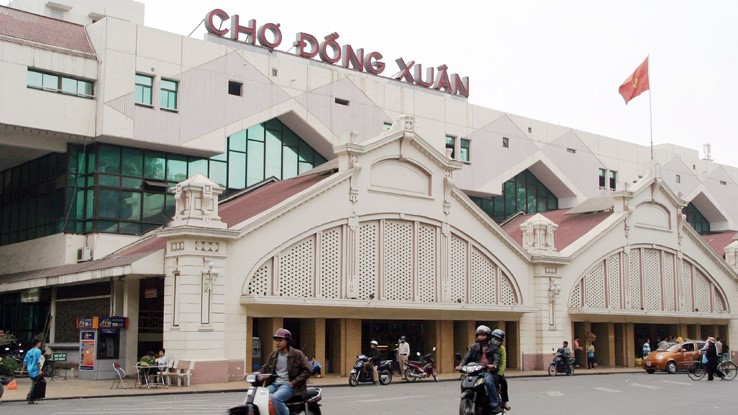
6. Hanoi Opera House
Hanoi Opera House, set in the heart of the French Quarter, is arguably one of the most elegant buildings in all of Hanoi. Built in 1911 and modelled after the Paris Opera House, this historical landmark exudes Parisian charm from its ivory-toned columns, ornate balustrades and Gothic domes.

7. Temple of Literature
The Temple of Literature is a charming temple complex in the centre of Hanoi that was originally built to be a centre of learning dedicated to the Chinese sage and scholar Confucius. Over the proceeding 1000 years many more buildings have been added and beautified o that now this large area is filled with ornate pavilions, shrines, and a rich garden.

8. Bat Trang pottery village
Bat Trang, traditional porcelain and pottery village with history of seven centuries, is an interesting attraction in Hanoi that tourists should not ignore. Visiting Bat Trang, tourists can take a walk or join a buffalo tour for sightseeing and shopping. Besides many ceramic stores along the road in the village, tourists should visit Bat Trang Porcelain and Pottery Market where they can directly make pottery products by themselves. Many youngsters and foreign tourists are interested in in this pottery- making experience, and spend a whole day in the market to make a gift for family or friends.
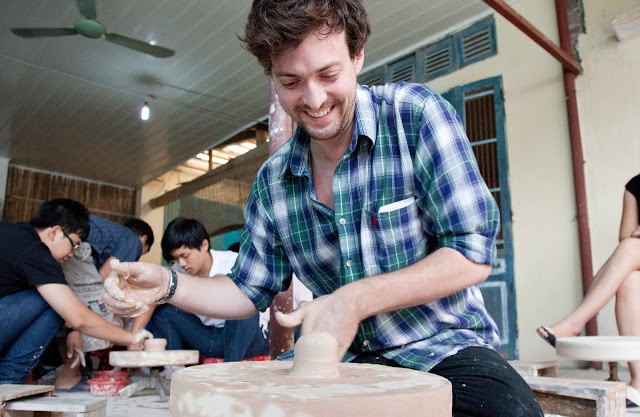
And many other tourism attractions as Saint Joseph Cathedral, Van Phuc Silk Village, Ho Chi Minh Museum, Vietnam Fine Arts Museum, The One-Pillar Pagoda, etc.
Things to eat
The best Hanoi dishes are inexpensive yet tasty treats that can be found within Hanoi Old Quarter’s narrow alleyways and bustling street markets. Compared to other cities in Vietnam, Hanoi food tends to be on the sweeter side and utilises freshwater ingredients such as prawns, squids, shrimps, crabs, clams, and mussels. You can also find familiar Vietnamese street food such as Phở noodles, spring rolls, rolled cakes, and skewered meat.
Hanoi, we discovered, is also famous for its street food culture. Street food stalls are popular and make up for the vast majority of Hanoi food. Some of the best and surprising local food experiences in Hanoi are made on the sidewalks with locals and not in restaurants.

Phở (Noodle soup)
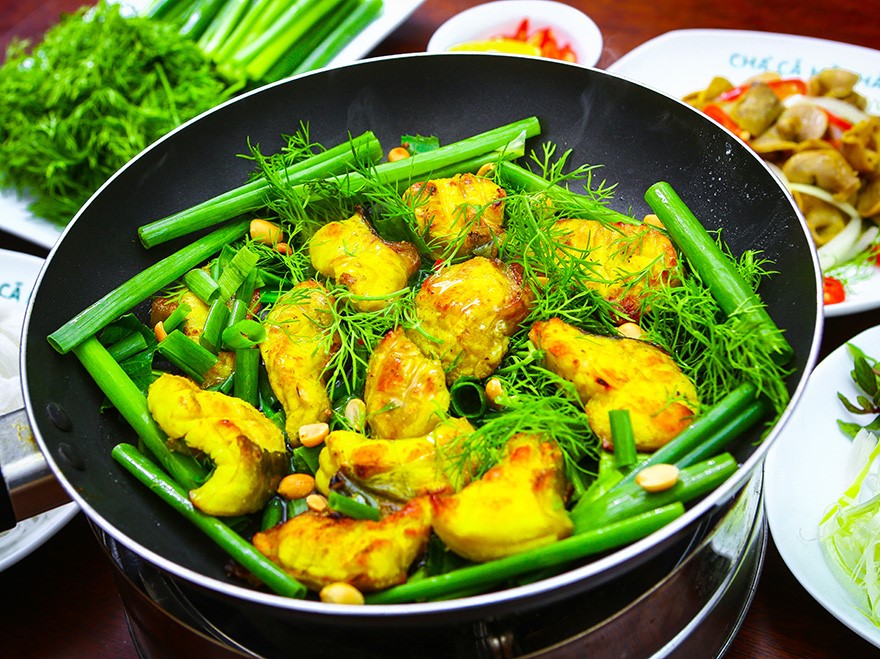
Cha Ca (Turmeric Fish with Dill)
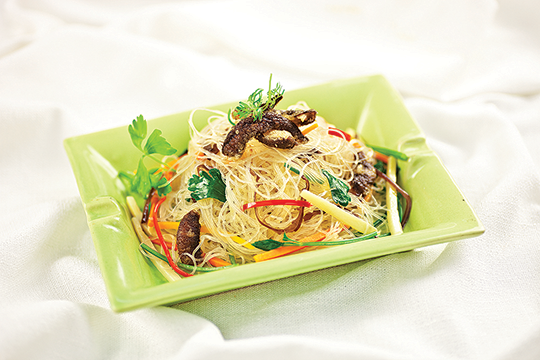
Mien Xao Luon (Glass Noodles with Deep-Fried Eel)
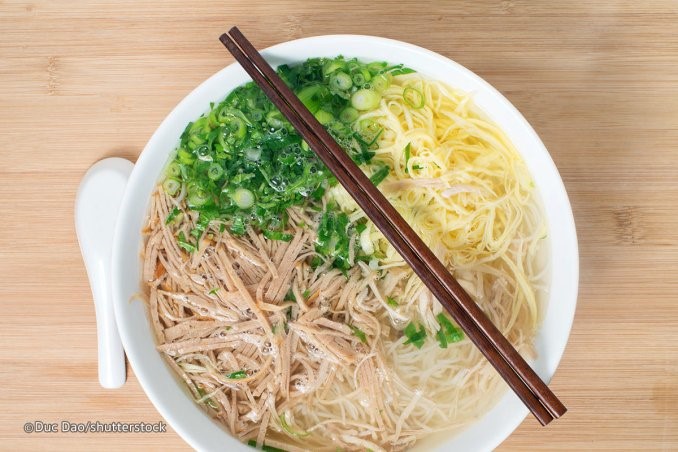
Bun Thang (Rice Vermicelli with Chicken, Egg, Pork)

Banh cuon (Rolled Cake)

Bun Rieu (Rice Noodles with Sour Crab Soup)
Do you feel eager to discover more about Hanoi city? Let’s go with Govietnamtourist.com to start your perfect journey to Hanoi city now.


